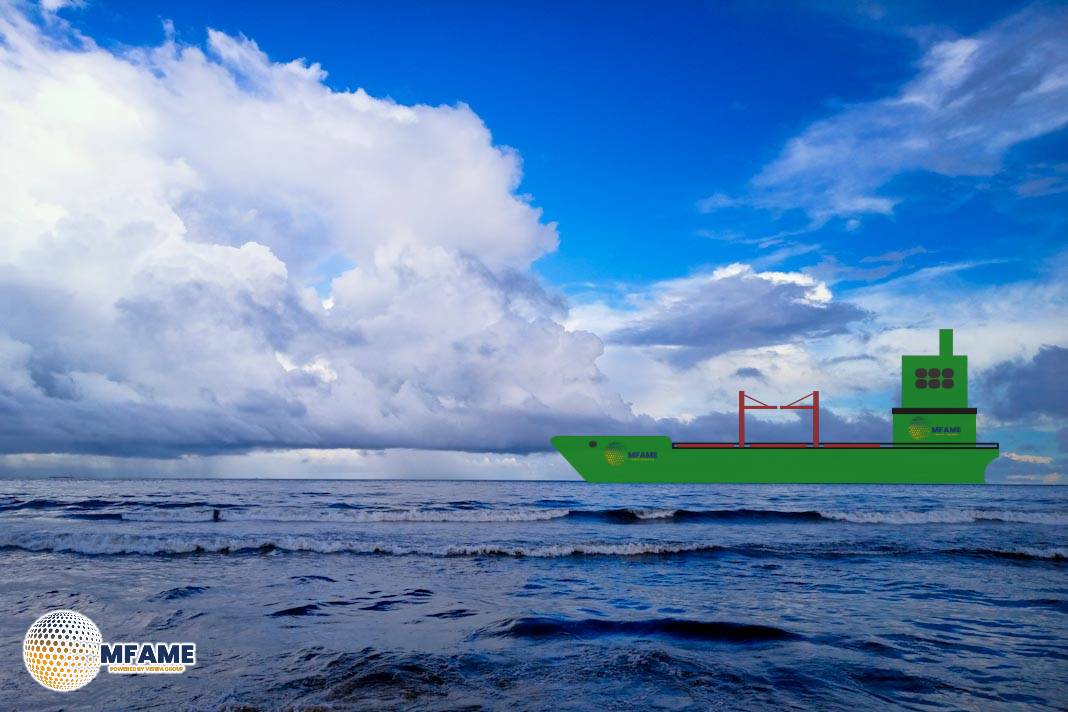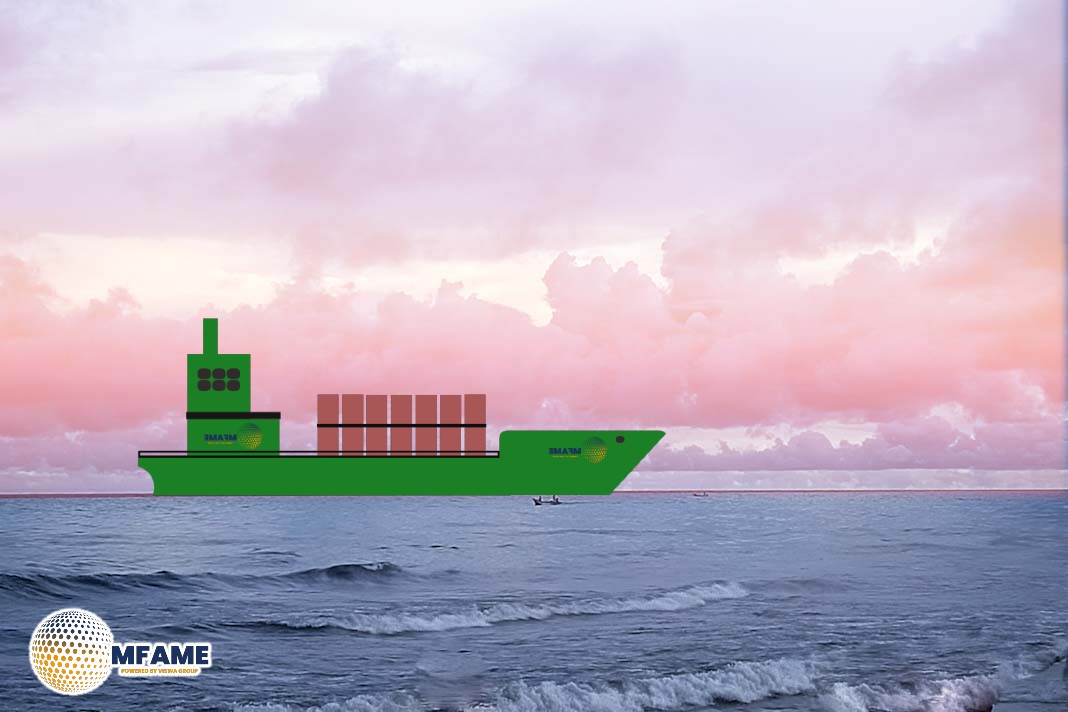- A pumpman aboard a vessel died from n-butane intoxication while testing bilge alarms in the pump room.
- The gas detection system failed to trigger alarms due to sensor placement and system limitations.
- The company implemented safety measures, including relocating the alarm sensor and upgrading gas detection systems, to prevent similar accidents.
While at anchor, awaiting berthing instructions, the crew of Valtamed was conducting pre-arrival tests on various safety alarms, including those in the cargo tanks and pump room bilges. The pumpman, responsible for testing the bilge alarms, descended into the pump room to check the starboard bilge alarm. When he failed to respond to calls, the chief officer raised an alarm, initiating a rescue operation. The pumpman was found unconscious in the bilge space and was later declared dead, reports MSIU.
Why It Happened
The autopsy revealed n-butane intoxication as the cause of death, with possible exposure to hydrogen sulfide (H2S). Investigations suggest that the pumpman may have sensed the presence of H2S and attempted to leave but slipped on oily water, hit his head, and lost consciousness.
The pump room’s fixed gas detection system failed to trigger alarms, likely due to the distance between the sensor and the gas accumulation point. His personal gas detector was found switched off, raising concerns about its operational status.
Consequences
The lack of proper gas detection and safety precautions resulted in a fatal accident. The pumpman was unable to escape, leading to prolonged exposure to toxic gases.
Additionally, deficiencies in the gas detection system and inaccessible emergency escape measures increased the risks.
Safety Precautions Taken
To prevent similar incidents, the company implemented the following changes:
- Relocated the bilge alarm sensor to allow remote testing without entering the hazardous space.
- Locked the starboard bilge access manhole and sealed off lightening holes.
- Introduced a mandatory enclosed space entry permit for pump room bilge access.
- Upgraded gas detection systems and installed a new sampling point closer to the bilge space.
- Required emergency escape breathing devices (EEBDs) for all personnel entering the pump room.
- Updated pump room entry procedures and improved safety training across the fleet.
- Enhanced portable gas detectors with data loggers to store and retrieve alarm history.
Recommendations
Since the company took extensive corrective actions, no further recommendations were issued by the MSIU. However, this case highlights the critical need for:
- Routine calibration and testing of gas detection systems.
- Mandatory operational checks of personal gas detectors before enclosed space entry.
- Improved ventilation and gas monitoring in confined spaces.
- Comprehensive safety training for enclosed space operations.
Did you subscribe to our daily Newsletter?
It’s Free Click here to Subscribe!
Source: MSIU



















